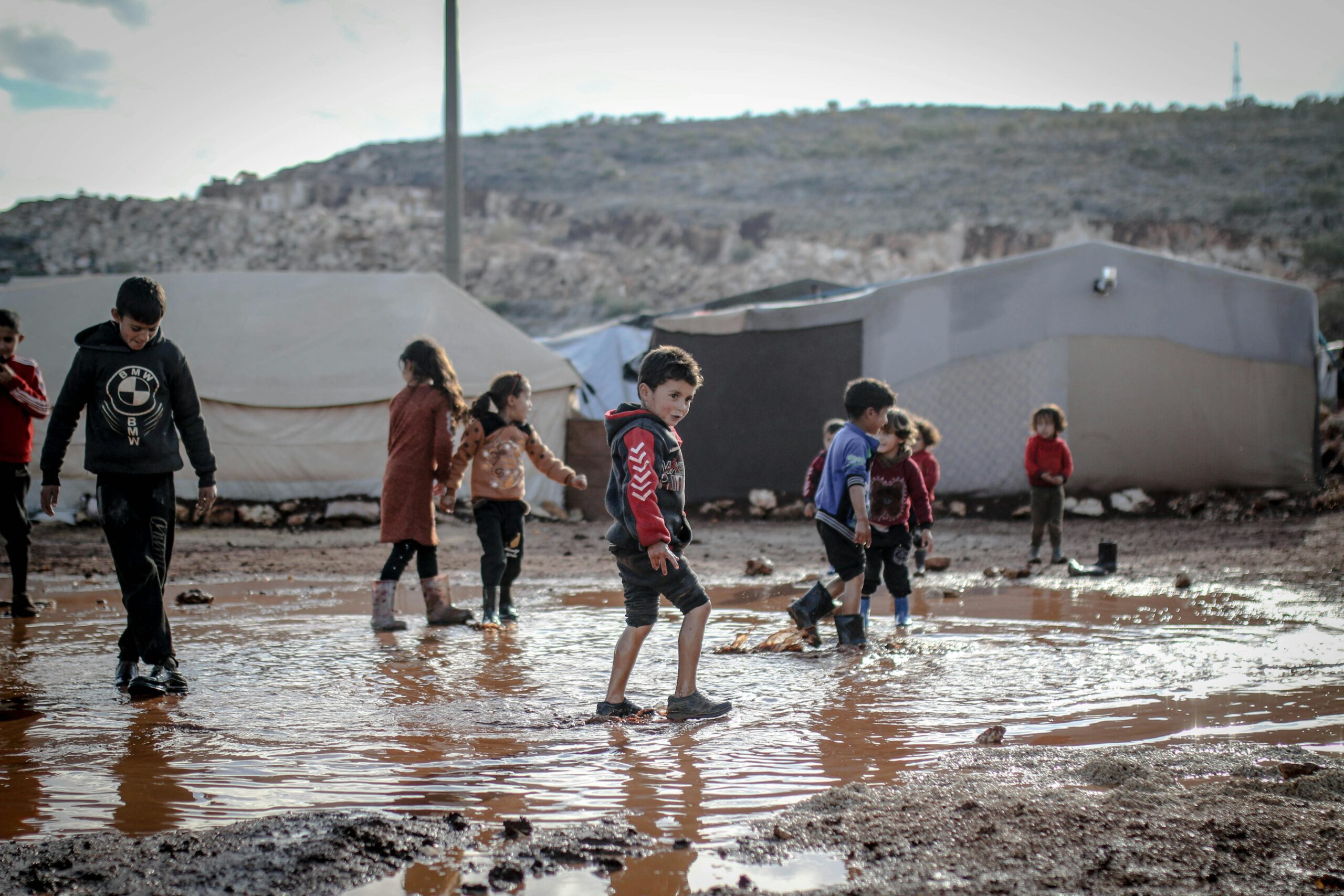In the 21st century, activism has evolved from street marches and community gatherings into a powerful digital force. By 2025, digital activism has become one of the most significant tools for social justice movements worldwide. From the Arab Spring in 2011 to the Black Lives Matter protests and climate strikes, social media platforms, digital campaigns, and online communities have fundamentally reshaped how causes gain momentum, mobilize supporters, and influence decision-makers.
Unlike traditional activism, which often relied on physical presence, printed media, or television coverage, digital activism harnesses the power of the internet to reach global audiences instantly. Whether it is through a viral hashtag, a trending video, or a coordinated online petition, digital spaces allow marginalized voices to be amplified and injustices to be exposed in real time.
This article explores the rise of digital activism, the strategies used by modern movements, case studies of success and challenges, and its impact on politics, culture, and society.
🌍 What is Digital Activism?
Digital activism—sometimes called “hashtag activism” or “cyber activism”—refers to the use of digital tools, particularly the internet and social media, to drive awareness, mobilization, and policy change around social justice issues.
Key elements include:
-
Hashtags and Trends (#MeToo, #BLM, #FridaysForFuture).
-
Petitions and Campaigns (Change.org, Avaaz, MoveOn).
-
Online Communities (Reddit, Discord, Facebook groups).
-
Digital Storytelling (videos, livestreams, vlogs).
-
Hacktivism (ethical hacking for justice causes).
📢 Digital Activism as a Global Amplifier
Digital platforms extend the reach of social justice movements far beyond physical borders.
Instant Global Communication
-
Activists can share updates in real-time through Twitter/X, Instagram, TikTok, and YouTube.
-
Livestreaming protests ensures visibility even when mainstream media is restricted.
-
Multilingual translation tools break down linguistic barriers.
Viral Promotion
-
A single video can mobilize millions within hours.
-
Challenges and memes bring younger audiences into movements.
-
Viral hashtags amplify marginalized voices globally.
Community Engagement
-
Movements create interactive dialogues via polls, Q&A sessions, and digital town halls.
-
Online forums allow survivors and activists to share experiences.
-
Communities form across borders, sustaining long-term solidarity.
Example:
The #MeToo movement spread across continents through social media storytelling, leading to high-profile resignations, legal reforms, and cultural change.
🎶 Strategies in Digital Activism
Like touring artists use social media campaigns, social justice movements also employ specific digital strategies:
1. Pre-Movement Awareness Campaigns
-
Infographics, educational posts, and countdowns raise awareness.
-
Petitions and online pledges build early support.
Example: Greta Thunberg’s climate school strikes gained traction through consistent Instagram and Twitter updates, leading to mass mobilizations.
2. Real-Time Protest Coordination
-
Activists use encrypted apps like Signal and Telegram.
-
Hashtags help people find protest locations and updates.
-
Livestreams counter misinformation by showing events firsthand.
Example: During the Hong Kong protests, encrypted channels helped coordinate marches despite surveillance.
3. Sustained Post-Movement Engagement
-
Sharing protest highlights, policy wins, and future goals.
-
Digital archiving preserves content for future campaigns.
-
Ongoing community discussions keep momentum alive.
🌐 Platforms Driving Digital Activism
Each platform has a unique role in expanding movement reach:
-
Twitter/X – Fast updates, viral hashtags, political engagement.
-
Instagram – Visual storytelling, reels, and infographics.
-
TikTok – Short-form video activism; reaches Gen Z audiences.
-
YouTube – Long-form discussions, documentaries, livestreams.
-
Facebook/Meta – Community groups, crowdfunding, events.
-
Emerging Platforms – Virtual reality (VR) spaces for immersive activism.
📊 Measuring the Impact of Digital Activism
Digital activism’s effectiveness can be analyzed with these metrics:
| Metric | Purpose |
|---|---|
| Hashtag Trends | Tracks virality and public awareness |
| Engagement Rate | Measures likes, shares, comments |
| Petition Signatures | Indicates mobilization power |
| Policy Influence | Assesses government/corporate responses |
| Donations Raised | Tracks crowdfunding effectiveness |
Example Graph Idea:
A line graph showing spikes in online hashtag mentions correlating with donations and policy changes during movements like Black Lives Matter (2020–2025).
🎤 Case Studies of Digital Activism Success
1. #BlackLivesMatter (BLM)
-
Originated in 2013, gained global traction in 2020 after George Floyd’s death.
-
Hashtags, livestreams, and petitions amplified systemic racism discussions worldwide.
-
Resulted in police reforms and increased corporate diversity initiatives.
2. #MeToo Movement
-
Survivors shared stories on Twitter and Instagram.
-
Triggered global conversations on workplace harassment.
-
Led to policy reforms, lawsuits, and accountability for public figures.
3. Fridays for Future (Climate Movement)
-
Started with Greta Thunberg’s school strike in Sweden.
-
Expanded globally through hashtags and Instagram.
-
Pressured governments to commit to stricter climate policies.
🌍 Cultural and Political Impact
Empowering Marginalized Voices
Digital activism gives space to communities often silenced in mainstream media.
Cultural Exchange
Global solidarity emerges when movements cross borders (#EndSARS in Nigeria found support from activists worldwide).
Political Pressure
Governments and corporations face accountability through online boycotts, viral petitions, and digital watchdog groups.
Social Causes Amplified
Digital activism often combines with charity campaigns (e.g., GoFundMe for refugees, medical costs, disaster recovery).
💡 Emerging Trends in Digital Activism (2025)
-
Augmented Reality (AR) Protests – Digital art installations visible through AR apps.
-
AI-Driven Campaigns – Personalized activism targeting users based on interests.
-
Decentralized Activist Networks – Using blockchain to fund and organize without centralized control.
-
Hybrid Activism – Blending street protests with livestreamed and virtual reality participation.
📊 Success Metrics for Movements
| Metric | Significance |
|---|---|
| Hashtag Longevity | Shows staying power of a campaign |
| Policy Outcomes | Real-world impact of online activism |
| Cross-Border Participation | Demonstrates global solidarity |
| Fundraising Totals | Indicates sustainability |
| Media Coverage Triggered | Reflects influence on mainstream narratives |
Example Graph Idea:
A bar chart comparing donations raised via digital activism for different causes (climate, human rights, healthcare, racial justice).
🌟 Challenges and Criticisms of Digital Activism
-
Clicktivism/Slacktivism – Critics argue liking or sharing posts is not enough for real change.
-
Censorship – Governments restrict access to platforms during protests (e.g., internet blackouts).
-
Misinformation – Fake news can infiltrate activist spaces.
-
Surveillance Risks – Activists face digital tracking, arrests, and harassment.
-
Oversaturation – Too many movements online can dilute focus and reduce long-term impact.
✨ Conclusion
The rise of digital activism has revolutionized the way social justice movements operate. By harnessing platforms like TikTok, Twitter, Instagram, and YouTube, activists amplify causes globally, mobilize millions, and pressure institutions for change. While challenges like censorship, misinformation, and “slacktivism” remain, digital activism continues to be a powerful democratizing force that allows voices from the margins to shape global conversations.
In 2025, digital activism is no longer just a supplement to traditional movements—it is the central driving force of modern social justice. As technology evolves with AI, blockchain, and virtual reality, activism too will become more innovative, immersive, and impactful, ensuring that the fight for justice resonates in both physical and digital spaces.


